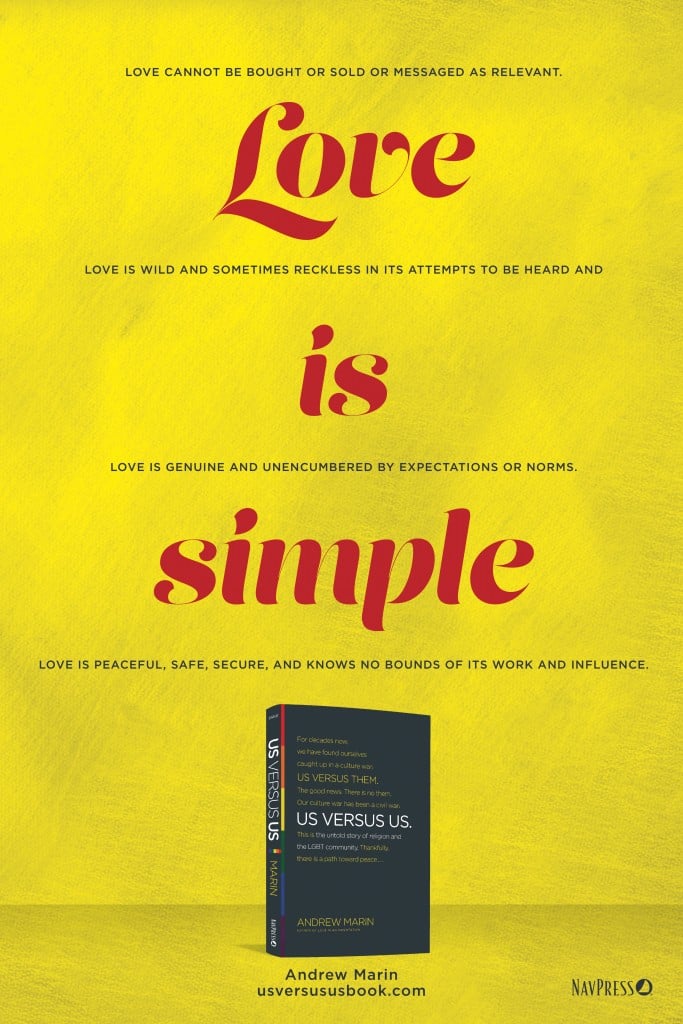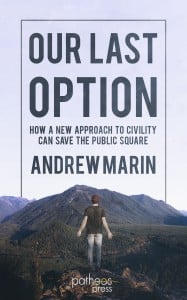I recently read Myth and Meaning: Cracking the Code of Culture by Claude Levi-Strauss—the ‘father’ of Structural Anthropology—which is defined as: The quest for the invariant; or for the invariant elements among superficial differences (p. 8). In essence, this means that structural anthropology is searching for the changeless or constant qualities, functions, configurations or systems that bring order or understanding to an ever changing and chaotic world.
From a Christian worldview we would say that quest is simple—it starts and ends with God. However the fascinating part to structural anthropology is that it’s a secular field with spiritual undertows. Thus the invariant, though faith is recognized as a key stabilizer, can be ultimately constructed scientifically as well. Levi-Strauss brings up some fascinating philosophical and social points, and I would love to have further discussions about them because I feel they can greatly assist our own wholistic understanding of people and structures within culture.
Case: Philosophically Levi-Strauss believes in mythemes: that innate to humanity is the need for people to split everything in twos such that this dualistic grid is the most effective way for people to integrate cognitive data into personal action. He explains this with “each dualism produces a tension that seems to be resolved by a third party, mediating term, but that new terms turns out to be only ½ of a newly created dualism” (p. vii).
Ultimately, and here is the big point, “We are split creatures literally by nature, and we organize data like a simple digital machine. Our common sense is binary, the simplest and most efficient way to process experience seems to be by dividing it in half, and then to divide the halves in half, reformulating every question so that there are only two possible answers to it, yes or no” (p. viii-xi).
Wow! He just put a philosophical construct to exactly what I believe (and what Jesus taught) about yes/no questions (see the first part of the video below).
A few key points, as the implications to general humanity are greater than we ever thought:
1. Humanity works in cognitive rationalizations that naturally divide and subdivide any given topic into a base-level yes/no construct.
2. Yes/no allows us to then wrap our minds around intertwined constructs that we don’t fully understand or are not able to fully grasp. In other words, this cognitive process takes our mind from the confusion or fear of the ‘unknown’ to the comfort of the ‘known’ – or at least to the comfort in a feeling of ‘ability to handle’.
3. The problem with this innate action is that every situation in life (social, cultural, spiritual, personal, communal) then automatically becomes an ‘us vs. them’ scenario of ‘right vs. wrong’ or ‘good vs. bad’ or ‘success vs. failure’ and on and on. The dualism is what drives us crazy, and yet this paradigm (secular and Christian) is the fundamentally accepted means of reasoning because it brings recognizable insulators and boundaries to our ability to live and make choices. But a house divided against itself cannot stand—the reason humanity continues to plummet into self-selected and socially constructed secular categories, communities and religious denominations that have clearly defined delineations between the next.
Now we are being shown the depth of God’s upside down Kingdom.
1. In the Old Testament, the baseline of the Hebrew faith (and of Jews today) is the Shema (Deut 6:4-9):
4 Hear, O Israel: The LORD our God, the LORD is one. 5 Love the LORD your God with all your heart and with all your soul and with all your strength. 6 These commandments that I give you today are to be upon your hearts. 7 Impress them on your children. Talk about them when you sit at home and when you walk along the road, when you lie down and when you get up. 8 Tie them as symbols on your hands and bind them on your foreheads. 9Write them on the doorframes of your houses and on your gates.
2. Read this carefully: “The Lord our God, the Lord is one.” The core of the Old Testament is God reminding humanity that He is One, unified, in direct opposition to inherent human cognition that can’t help but to divide and subdivide life, faith and experiences.
3. God then reminds us to impress this upon our children with constant reminders so that they will grow up not imputing subdivision, but rather Oneness is the Father.
4. Jesus then reminds us of this when asked what are the two greatest commandments, and also practices for us how not to answer yes/no to yes/no questions (see p. 178-185 in Love is an Orientation) in order to draw closer to God’s desired Oneness for humanity, in direct opposition of not only our fallen nature but also to our imputed understanding of engagement. What is so unique about this is that it doesn’t matter if it’s a Christian or not—the imputed baseline means of human reasoning are the same for everyone.
Conclusion: Living our life and faith in culture means that we must intentionally fight against the inborn human nature that pulls us towards the comforted subdivision of cognition rather than God’s ideal of Oneness—which often leads to living in faithful tension. As counterculture as this might be for humanity (especially Christians), looking at structural anthropology through God’s lens makes a whole lot of sense in regards to innate human nature and the philosophical understanding that comes because of it.
Much love.











